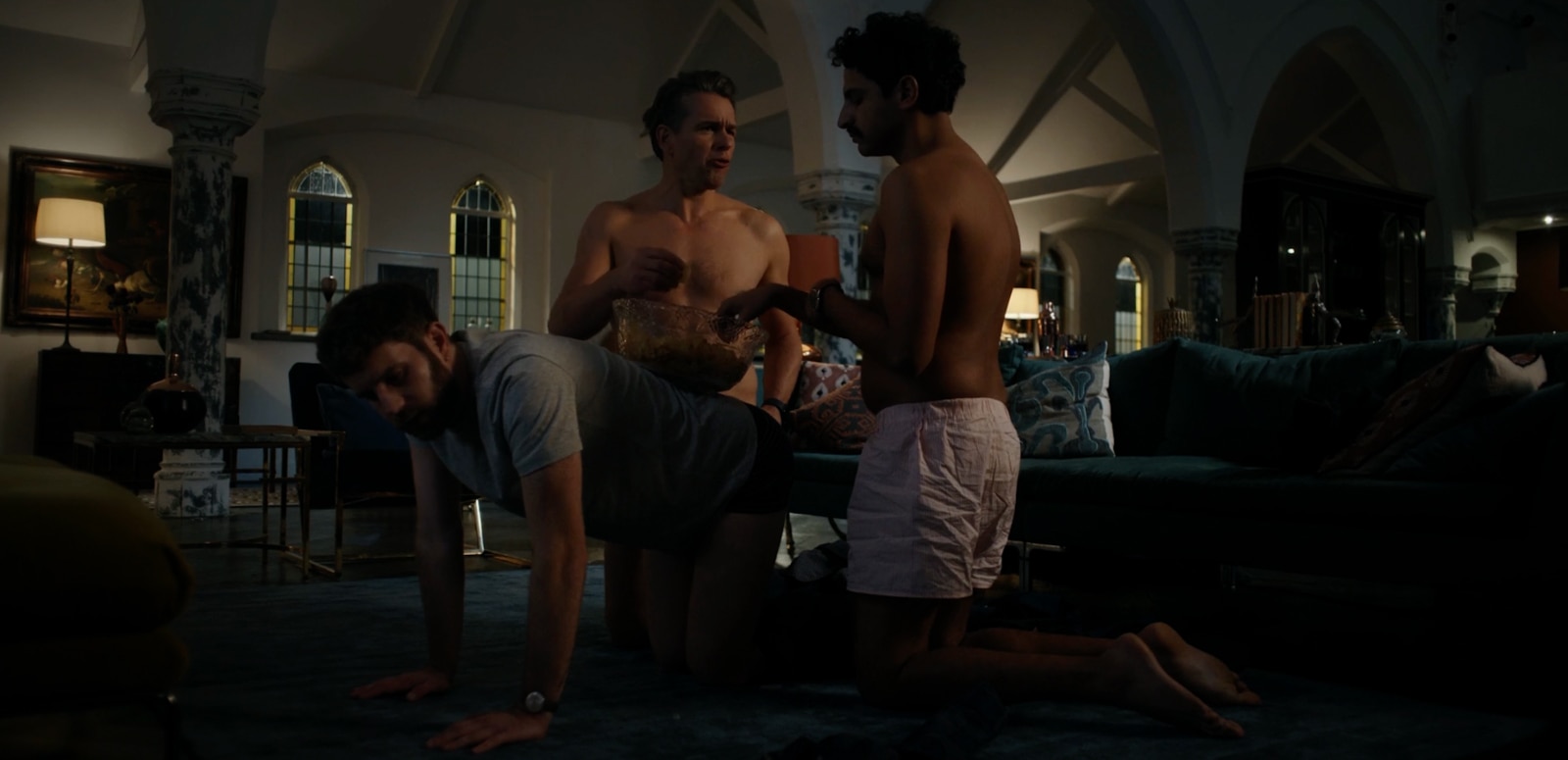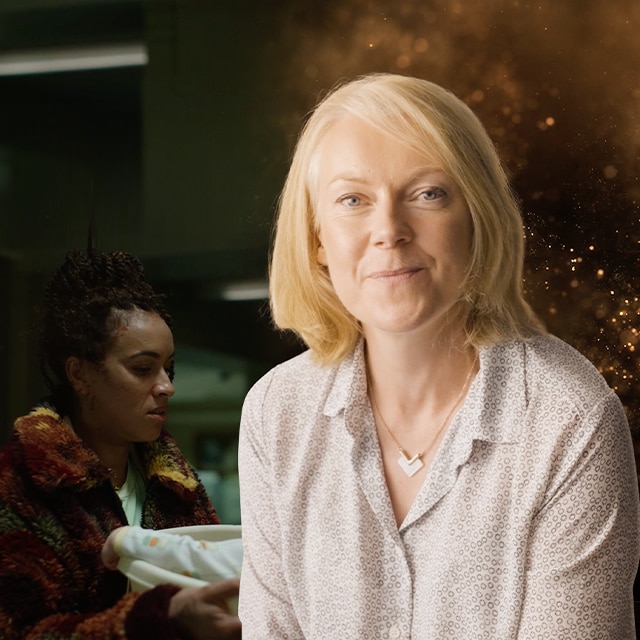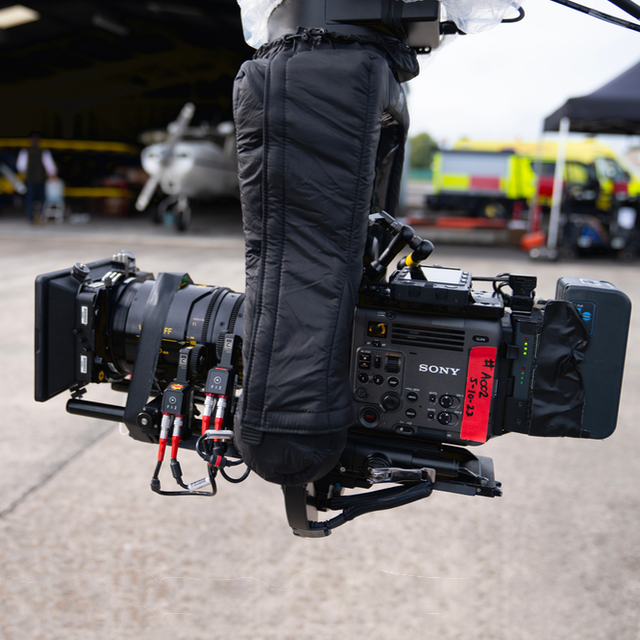Scene Deconstruction with Oliver Stapleton BSC
Deconstructing key scenes from the comedy The People We Hate at the Wedding.
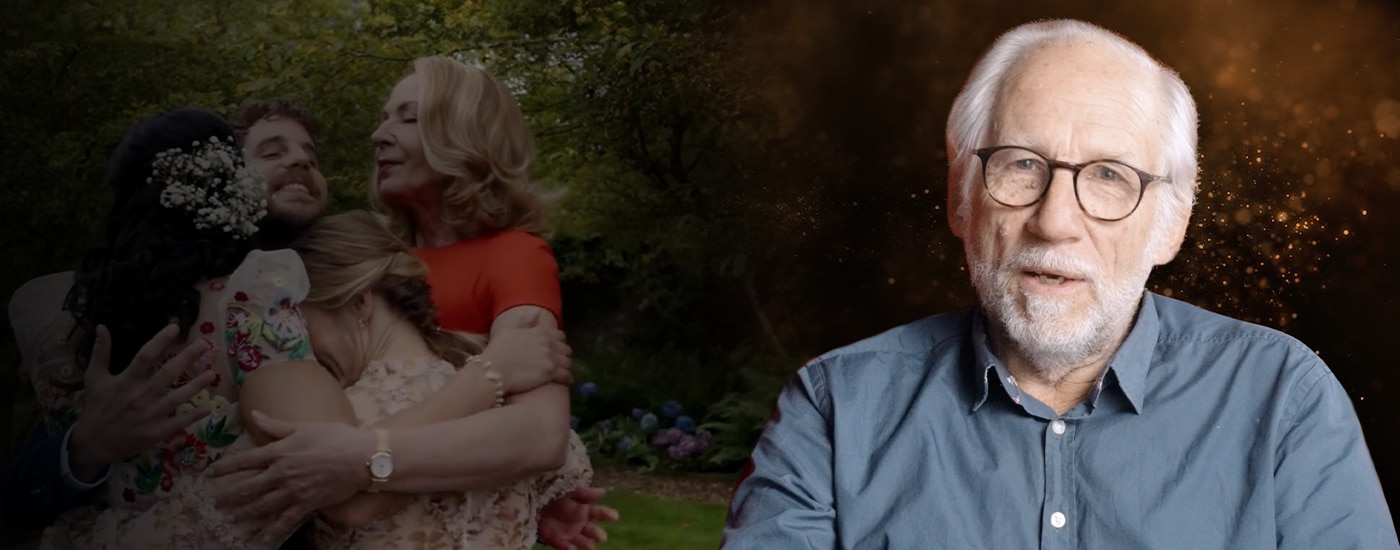
Introduction
Cinematographer Oliver Stapleton BSC has a long and illustrious career, beginning at the National Film and Television School where he is now co-head of Cinematography. He started shooting music videos with stars such as A-Ha, David Bowie and The Rolling Stones before moving on to feature films, including My Beautiful Launderette (1985), The Grifters (1990) and The Cider House Rules (1999).
Directed by Claire Scanlon, The People We Hate at the Wedding is a comedy about a dysfunctional family where estranged half-sister Eloise hopes her wedding can help bring everyone together. It’s fair to say not everything goes to plan…
Scene Deconstruction: Key Insights
- Filming in real rain can sometimes be easier than shooting with artificial “movie” rain.
- A Chinaball light on a boom pole can be used as an easily repositioned gentle fill light for nighttime street scenes.
The Street Scene
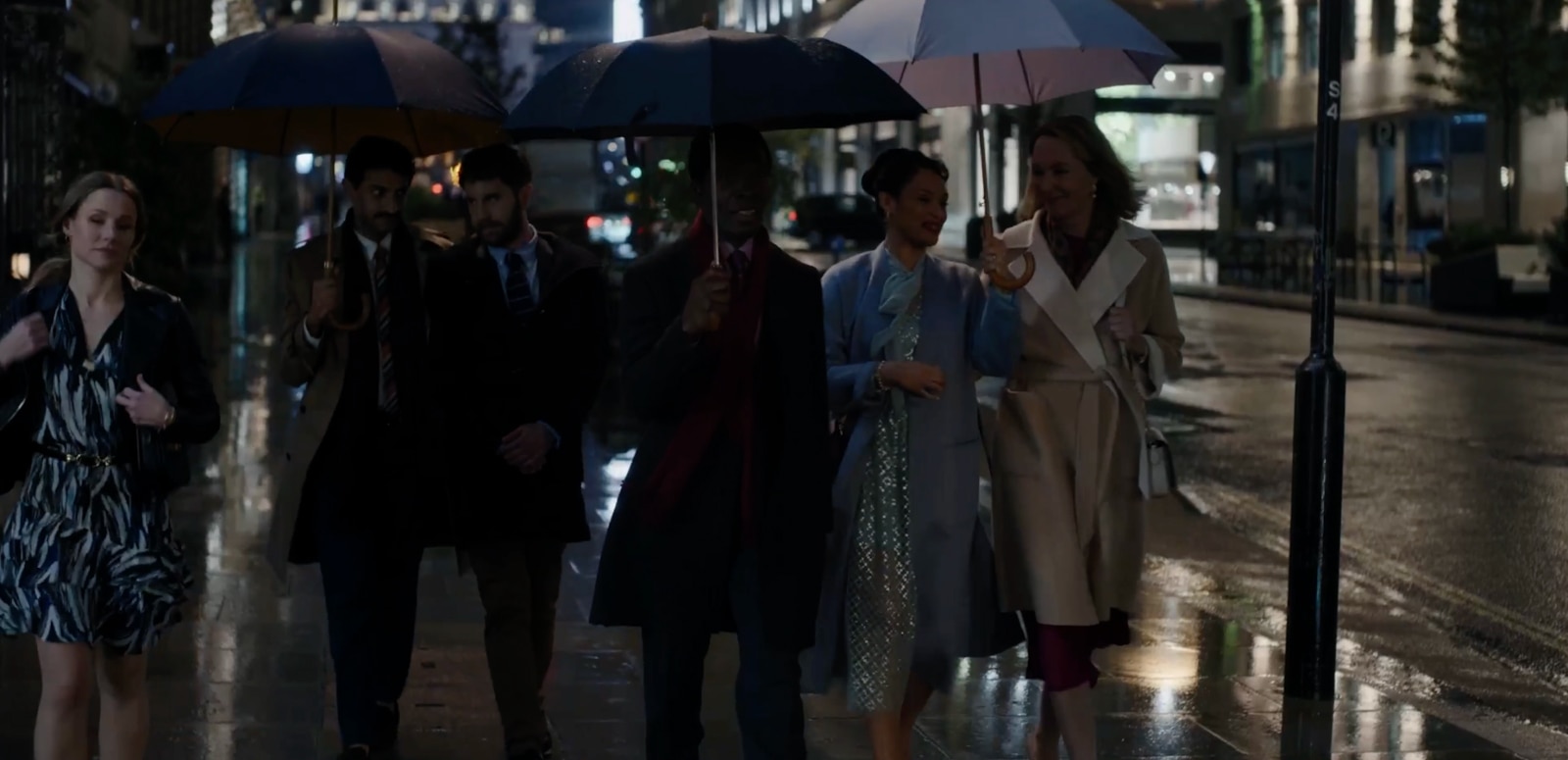
This scene takes place outside a restaurant at night. The wet streets create interesting reflections, and the rainfall was quite gentle, so it didn’t mess up the sound in the way that the loud pumps used for artificial rain can.
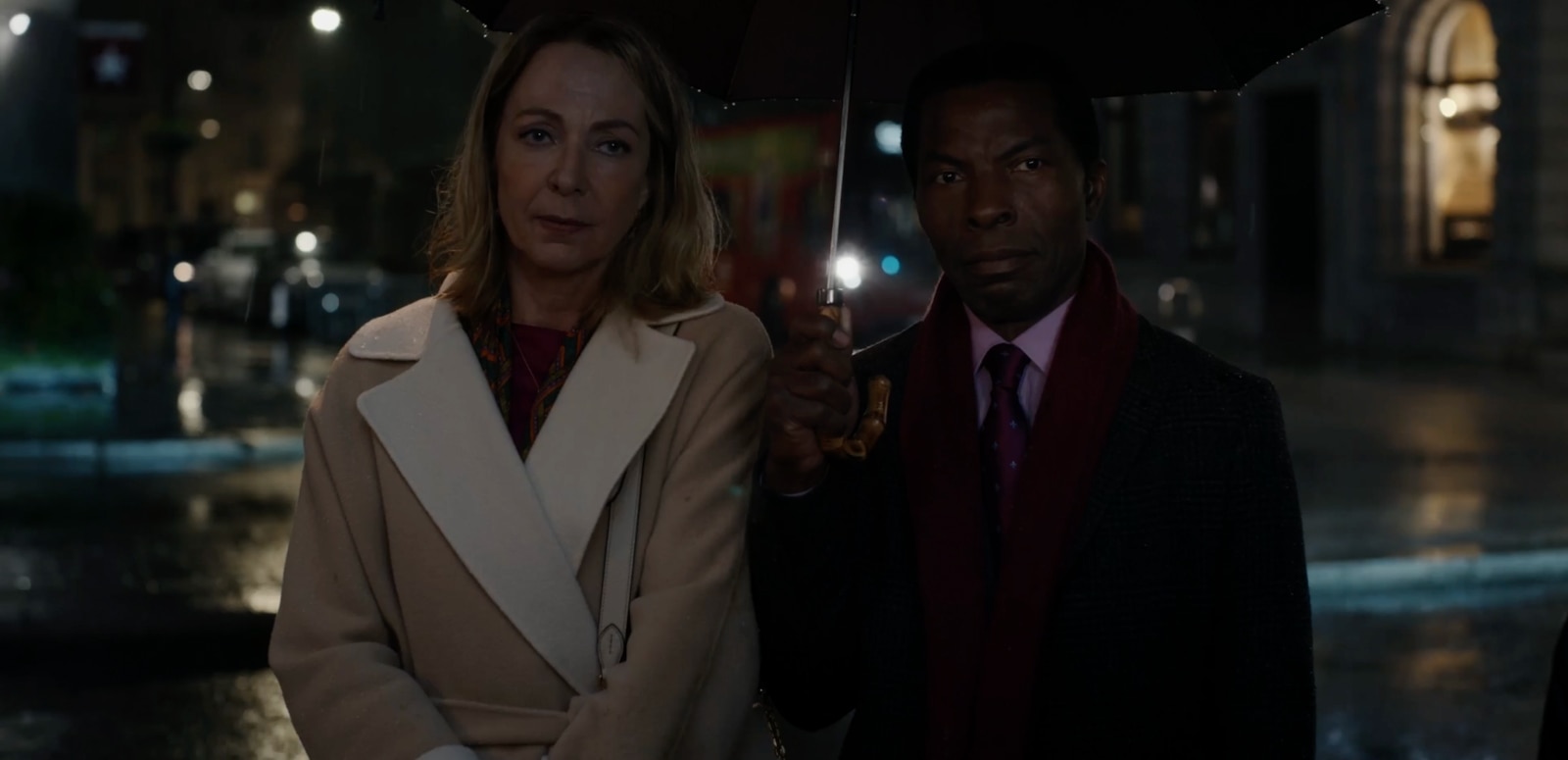
However, shooting in the rain can create lighting and other issues. In this scene, the cast are using umbrellas which can cut off light as well as rain. In addition, when an actor holds the handle of an umbrella in a natural way in front of his or her face, then the handle can cast a narrow and perhaps distracting shadow across their face.
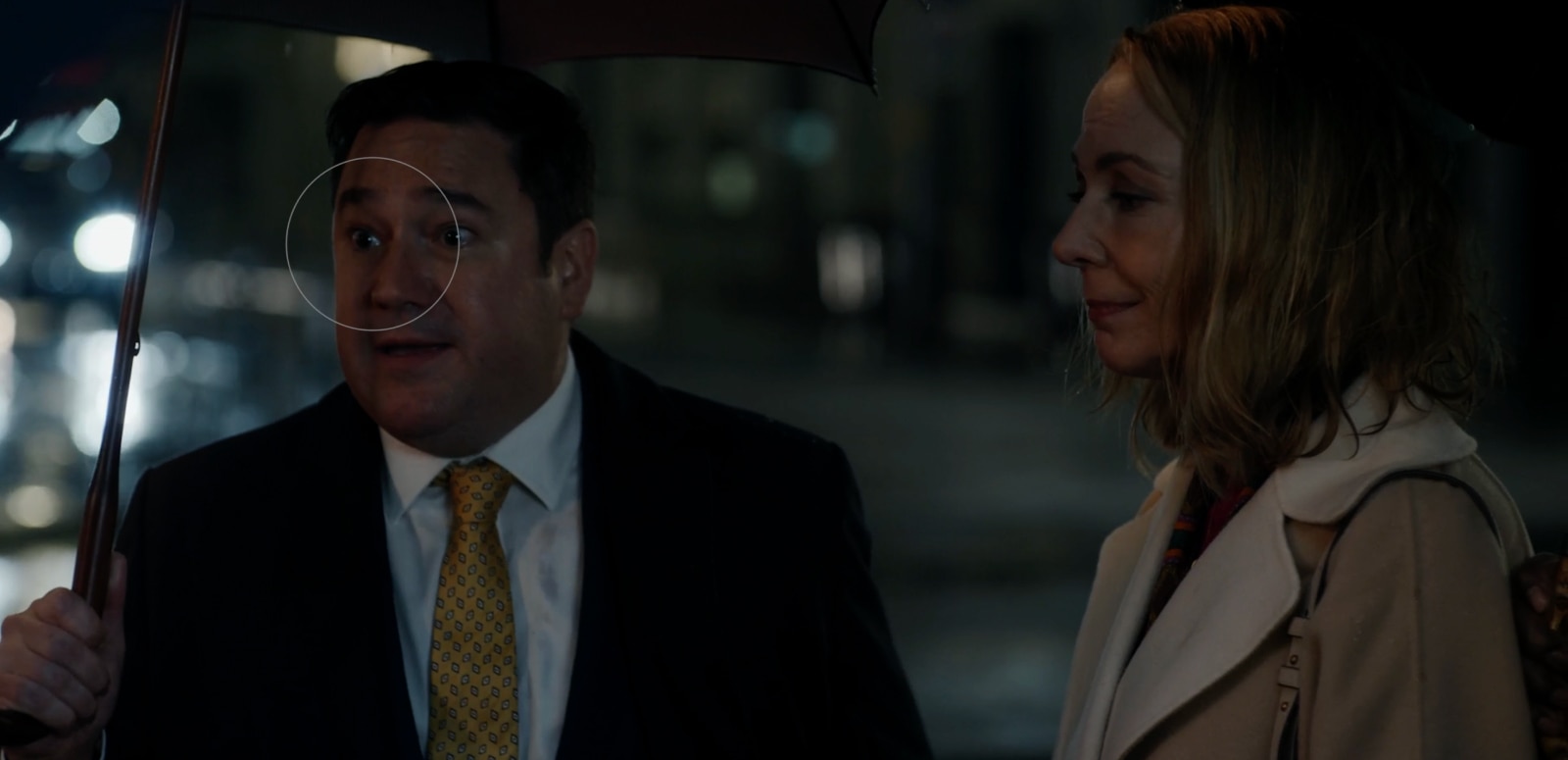
“As a cinematographer, you’re looking at the shadow from the umbrella on his face,” Oliver says, “but the audience actually isn’t, the audience is listening to what he is saying.”
Oliver goes on to explain how as a cinematographer you are always trying to create that perfect visual but occasionally things can happen that you don’t want to. The job of the cinematographer is to balance how that looks compared to messing up an actor’s performance or another aesthetic.
To light the actors, Oliver used RGB soft lights to supplement the streetlights. These lights were carefully positioned to give that night-time street look. By using RGB lights, the colour of the lights could be adjusted to mimic the light from a shop window, a sign or streetlight. For most of the close ups, he used a warmer light for one side of an actor’s faces and then a cooler light on the other side.
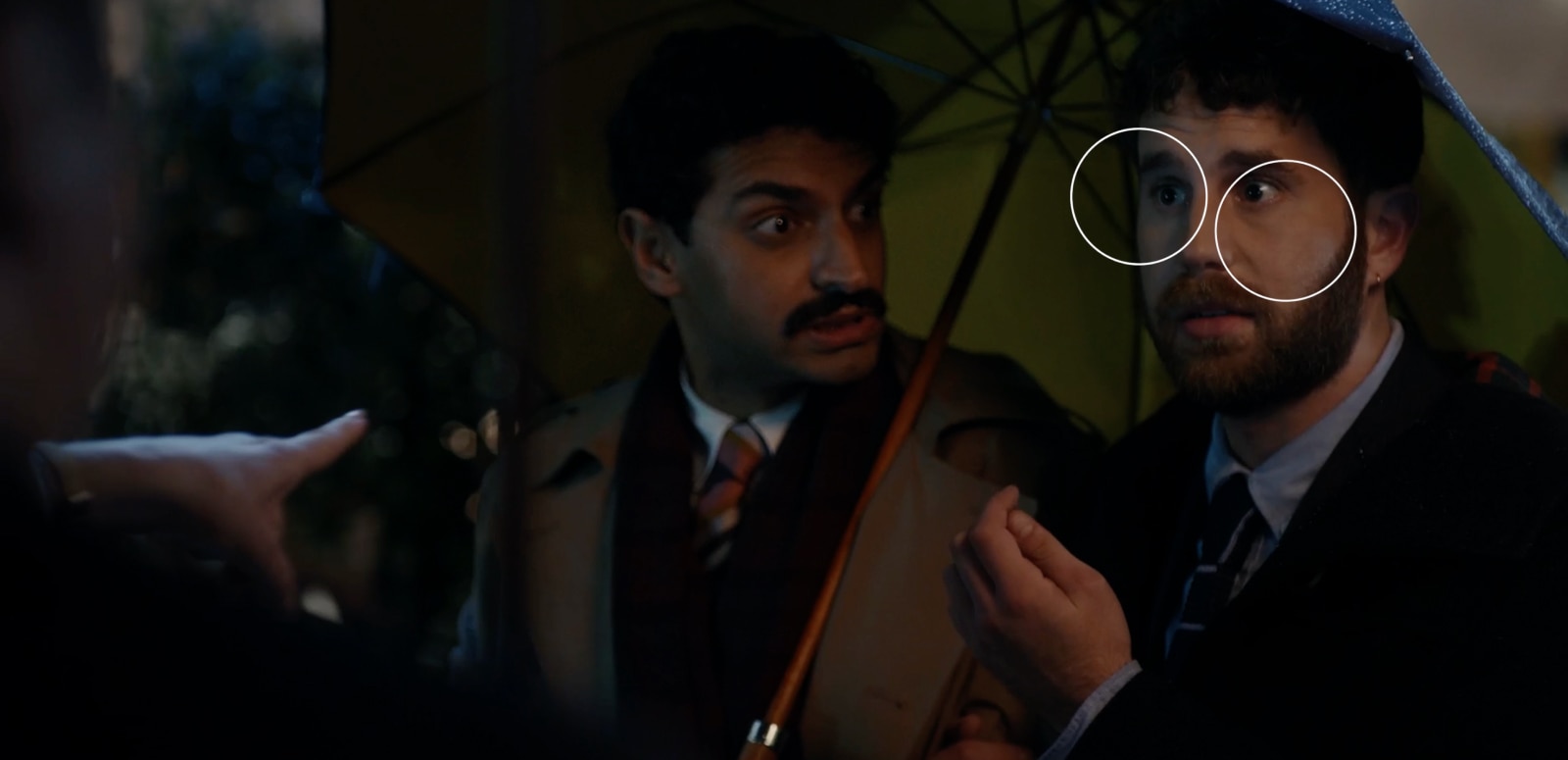
This colour contrast creates a convincing night-time look without needing large brightness differences. To help fill in some of the shadows under the umbrellas, or to add a bit of an Eye light, Oliver used a Chinaball fixture attached to a boom pole that could be held in position by an electrician or gaffer. The large round Chinaball light gives a soft light and, in this case, provided a gentle fill rather than acting as a key light.
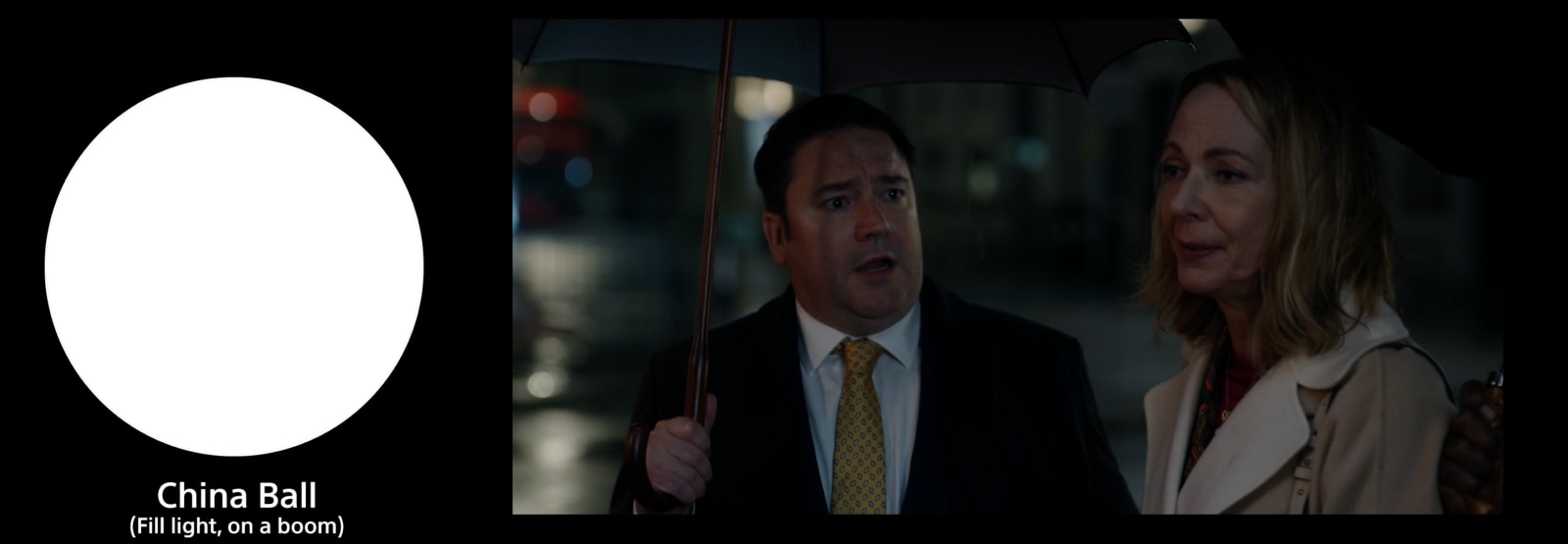
One feature Oliver really likes about the VENICE camera is its dual base ISO sensor giving it a lower base ISO for normal daytime shooting and a second high base ISO which can be used when you need to work with lower light levels.
“The cameras ability to switch ISO is extremely handy,” Oliver comments.
The River Scene
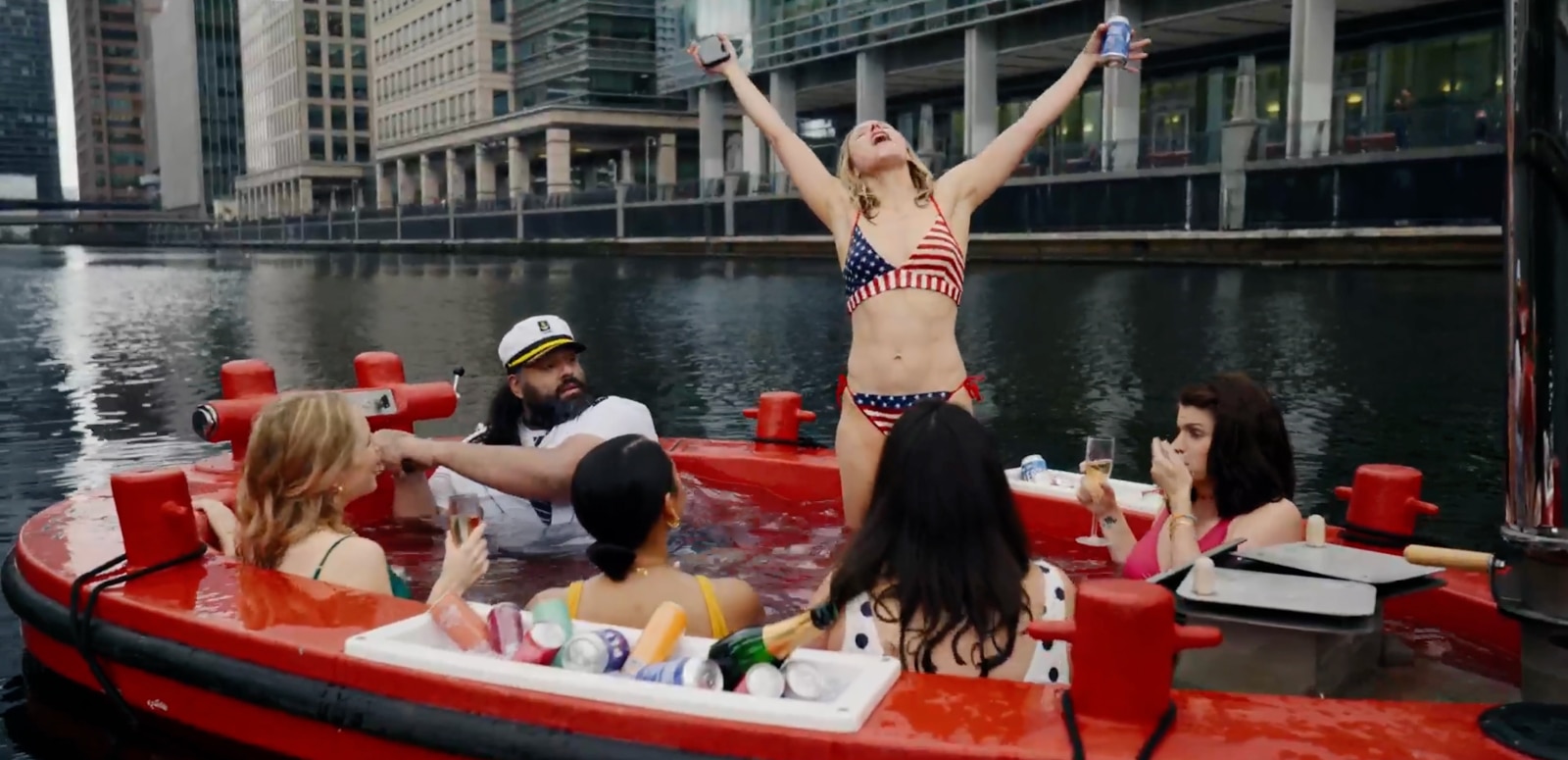
To film this daytime scene of a small party boat travelling down a wide river, the main camera was mounted on a crane on a flat barge and the B and C cameras were on similar flat barges. This allowed the cameras to be repositioned very quickly.
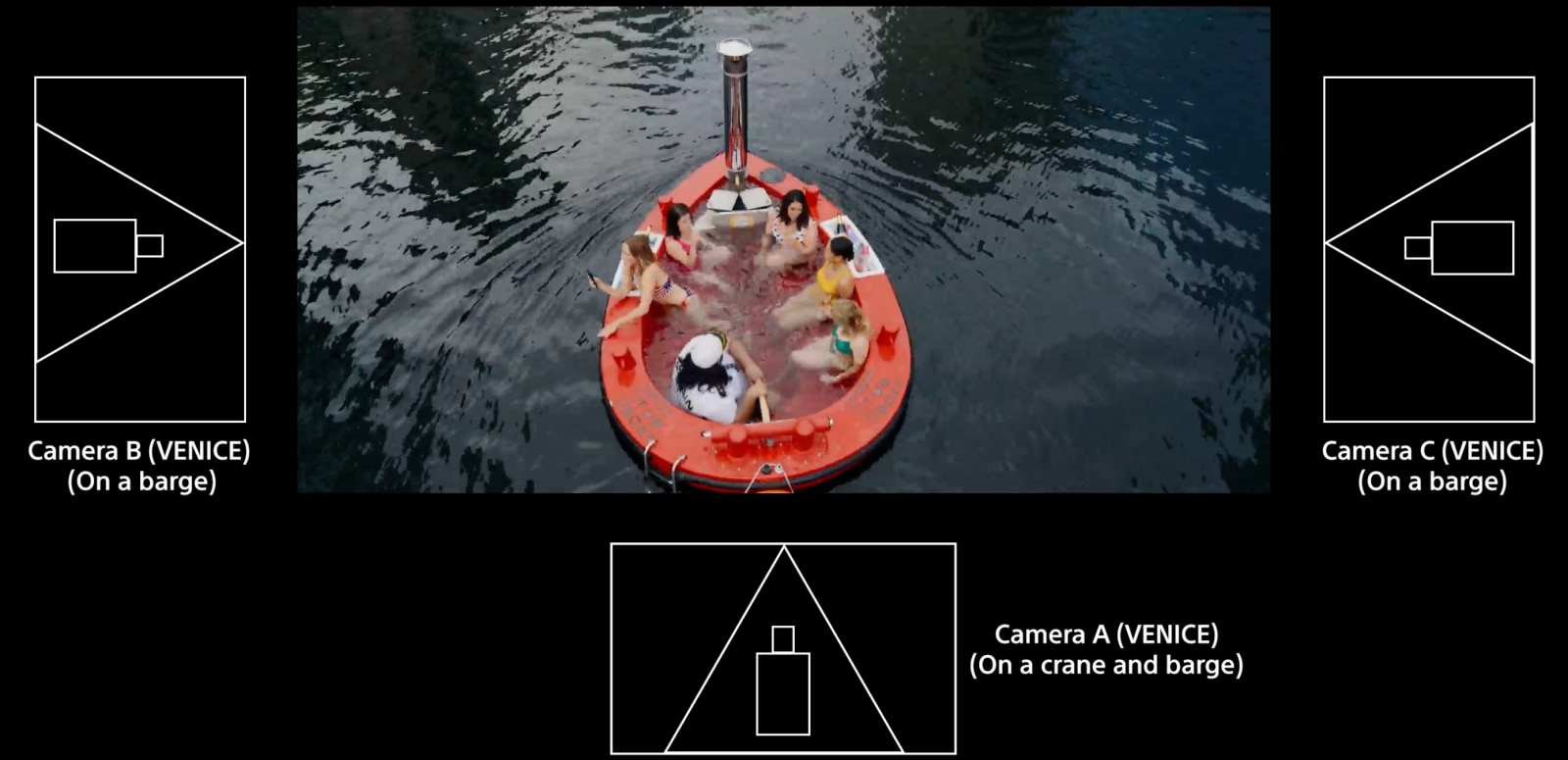
An 8ft x 8ft soft bounce was mounted on the same barge as the camera crane to fill in the eyes of the actors. One of the reasons for having the cameras on three barges was to give a sense of continuous movement and turning. Either the party boat itself was moving or the cameras would track around the boat to maintain that sense of turning movement. The cameras were constantly moving, perhaps panning up or panning down, always in motion to enhance the notion of the people in the boat getting more and more drunk.
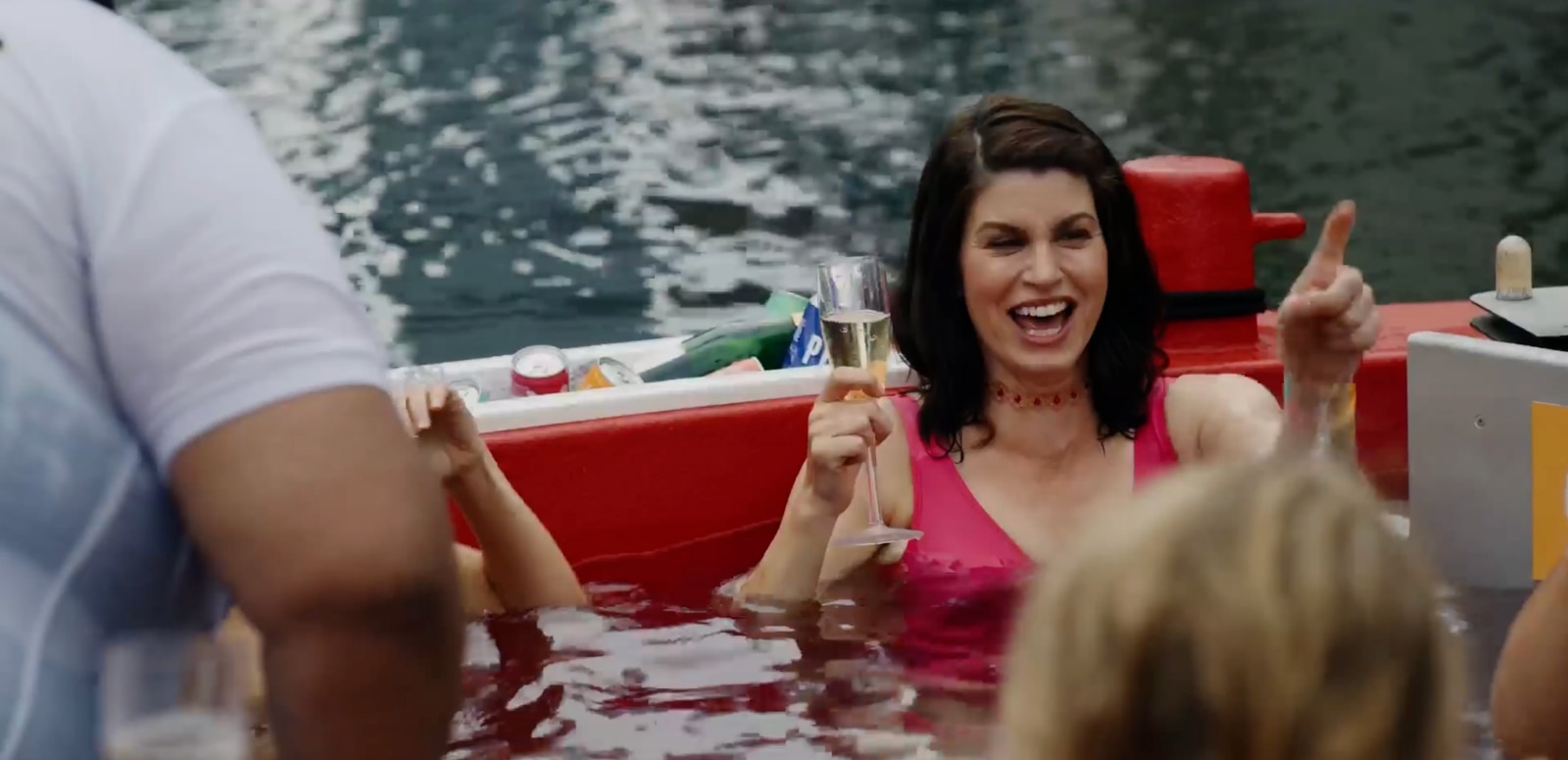
All you are asking the camera to do is not to super saturate any particular colour… the VENICE camera is very good at not giving you that kind of digi over saturation look.
Oliver Stapleton
After Party Scene
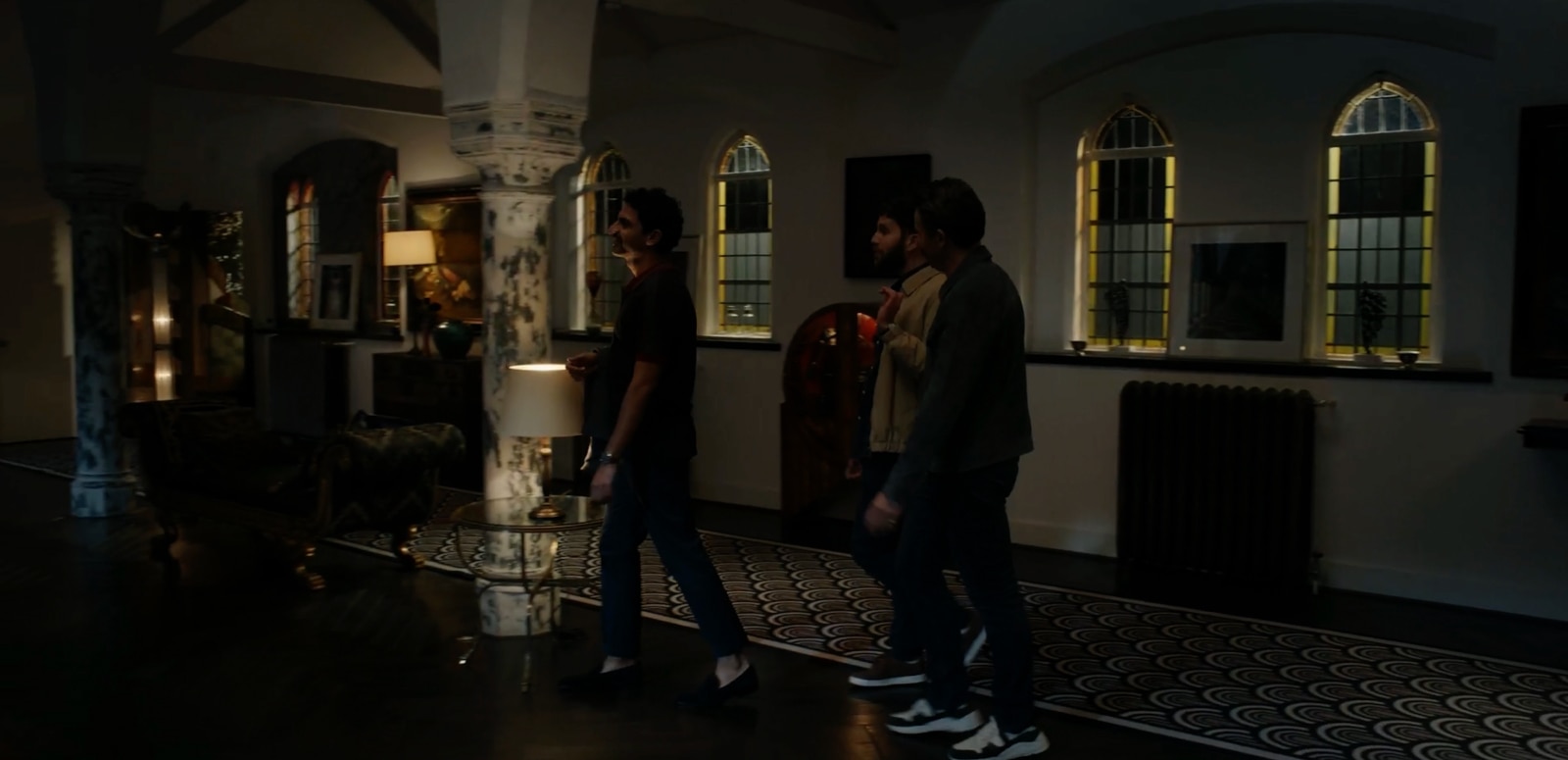
These after party scenes were shot in a large house take place at night. But rather than actually shooting at night, the windows of the house were tented. This involves placing small black tents outside the windows of the rooms and then placing lights inside the tents so that the light hits the window frames or spills into the room in such a way that it looks like there might be streetlights outside.
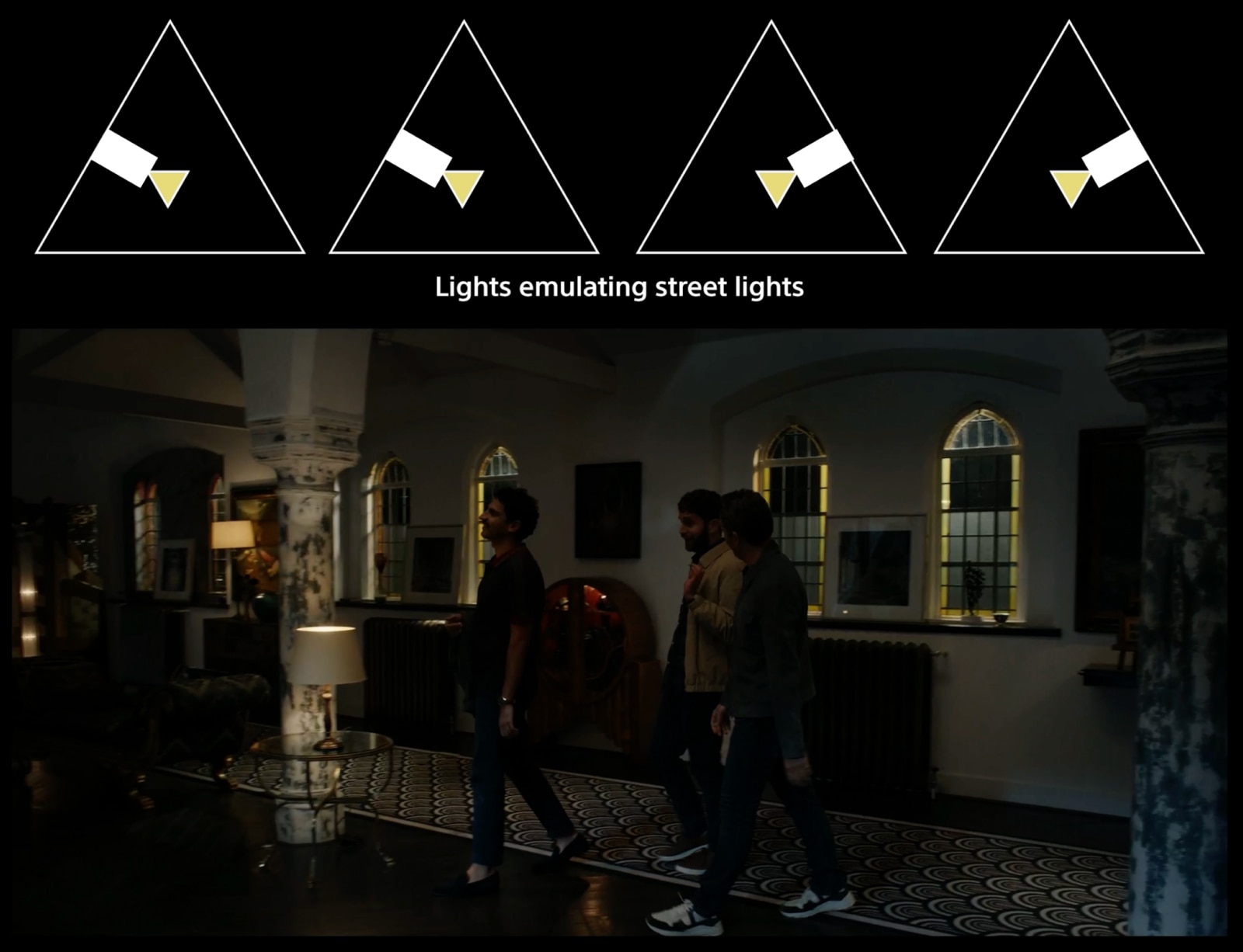
“I felt it needed to be quite low key but not dark,” Oliver says, “because it’s a comedy and if you go too dark its less funny.”
Oliver says that darkness can be appropriate, and comedy can have dark scenes, but it shouldn’t be black so generally he likes to use practicals with real bulbs in them. Tungsten bulbs with dimmers are preferred as this gives a great degree of control.
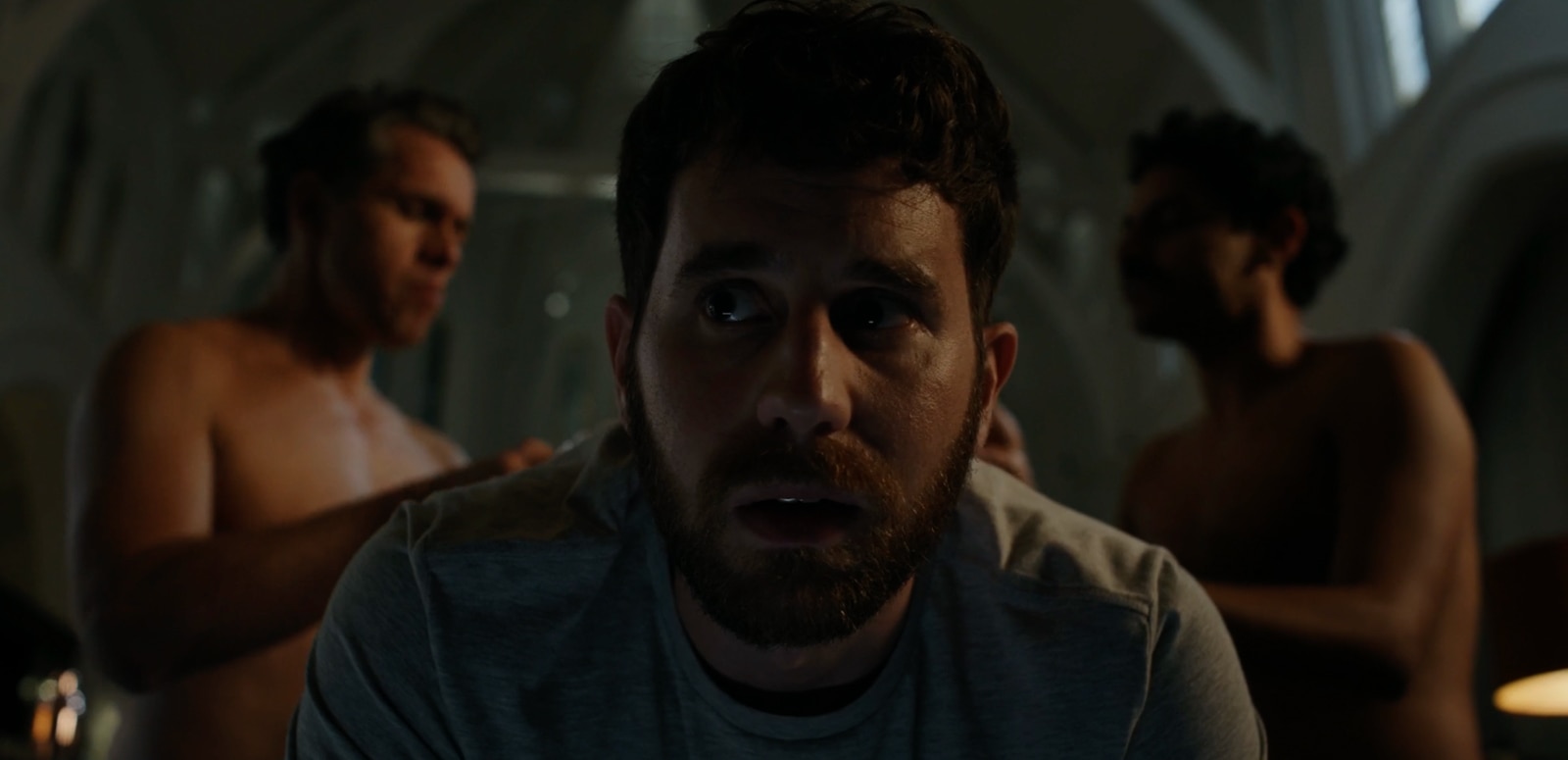
Oliver likes to light in a way that is appropriate for the scene, so often this doesn’t revolve around mood boards or references. Instead, his lighting style is intuitive; “I’ve read this scene, I’ve seen your rehearsal, I think it should look like this…. I think we should make films from what’s in front of us”.
